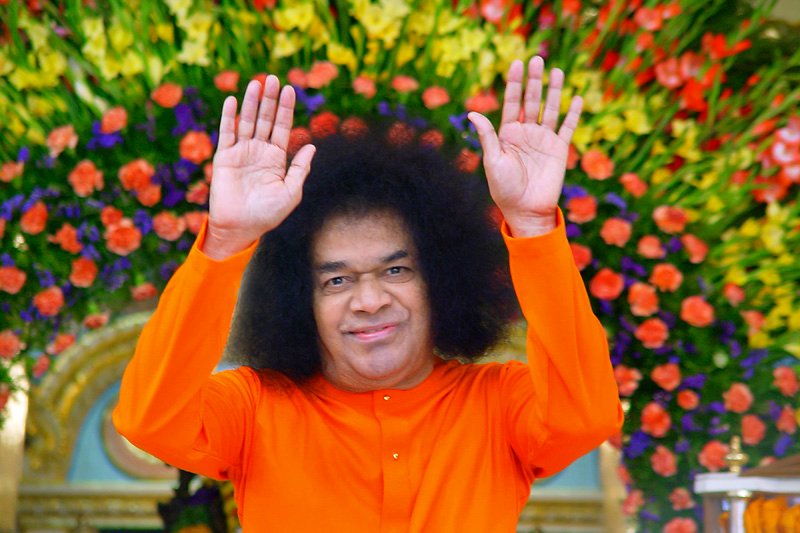Bhagavatha Vahini
Bhagavatha Vahini

Bhagavatha Vahini is a spiritual text authored by Bhagawan Sri Sathya Sai Baba, written in simple yet profound style to explain the essence of the Bhagavatha Purana. It emphasizes the eternal relationship between the Divine and the devotee, and presents devotion (bhakti) as the highest path for realizing God. The word Bhagavatha itself means one who is devoted to God and lives in constant remembrance of Him.
In this book, Baba narrates stories of great devotees like Prahlada, Dhruva, Gajendra, and others, showing how unwavering faith and surrender to God lead to liberation. He explains that God incarnates age after age to restore dharma (righteousness), uplift devotees, and guide humanity on the spiritual path. The text highlights that true devotion is free from selfishness, ego, or ritualistic display; instead, it is pure love expressed through humility, service, and surrender.
Bhagavatha Vahini also stresses the power of listening to and contemplating sacred stories of the Lord, as these awaken love for God in the heart. Baba reminds readers that the Bhagavatha is not just a scripture to be studied but a way of life to be lived—where every thought, word, and action is offered to God. Ultimately, the book conveys that the highest goal of human life is union with the Divine through devotion, service, and love.
Bhagavatha Vahini, written by Bhagawan Sri Sathya Sai Baba, is a spiritual treasure that explains the essence of devotion (bhakti) and the divine play of God with His devotees. Baba takes the timeless wisdom of the Bhagavatha Purana and presents it in a way that is simple, direct, and practical for seekers in modern times. The work is not only a retelling of divine stories but also a guide to living a life of surrender, love, and righteousness.
At its core, the Bhagavatha teaches that God is not distant but lives in the heart of every being. The true devotee (Bhagavatha) is one who constantly remembers God, speaks His name, and sees His presence everywhere. Baba emphasizes that devotion is the easiest and sweetest path to realize God, more powerful than knowledge or rituals. Through the lives of exemplary devotees like Prahlada, Dhruva, Gajendra, Ambarisha, and the Gopis of Brindavan, he shows how sincere faith and surrender to God can overcome any obstacle, even the might of ego and worldly power.
The Bhagavatha Vahini also explains why God incarnates in human form. According to Baba, whenever righteousness declines and evil grows, the Lord descends to restore balance, protect the good, and guide humanity. The avatars of Narasimha, Rama, Krishna, and others are presented as reminders that the Divine takes on form to protect the devotee and uphold dharma. Baba stresses that these stories are not just historical events but living truths that continue to inspire and transform seekers even today.
Another key teaching of the book is the power of listening (sravana) and sharing (kirtana) the stories of the Lord. Baba explains that simply hearing and chanting the glories of God purifies the heart, awakens devotion, and brings peace. A person who constantly remembers the divine leelas (acts) of the Lord becomes free from worldly attachment and gradually experiences the bliss of union with God.
Bhagavatha Vahini is also practical in its approach. Baba reminds readers that devotion must be expressed in daily life through humility, compassion, truth, and selfless service. A true devotee does not merely worship in temples but sees the entire creation as the temple of God. Service to fellow beings, especially those in need, becomes service to God Himself. In this way, the book weaves together the ideals of devotion, service, and moral living into one spiritual path.
Ultimately, Baba concludes that the Bhagavatha is not merely a scripture to read but a path to live by. The essence of the Bhagavatha Vahini is that human life finds fulfillment only when it is dedicated to the Divine through love, service, and constant remembrance of God. By living as a Bhagavatha, every seeker can experience peace, joy, and liberation.





















































